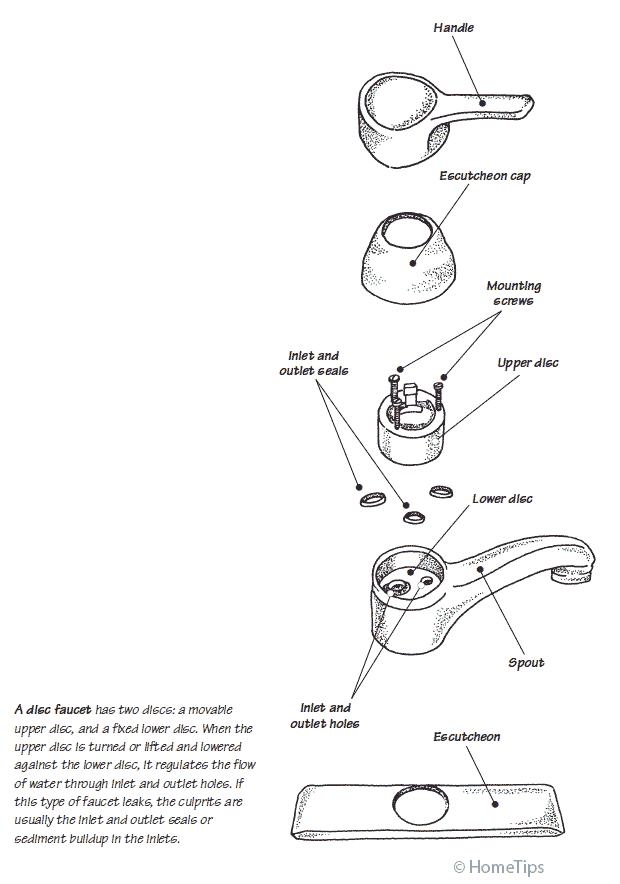Ceramic capacitors are generally a disk type in thru hole versions and a small rectangular device in surface mount types.
Ceramic disc capacitor white leakage.
So a capacitor which has failed can show bulging at the top.
Replacing capacitors with low leakage units is always a good idea.
The tantalum capacitor exhibits linear capacitance change with respect to temperature.
Ceramic multilayer capacitors have lots of layers of conductor and ceramic slurry in between them and tantalum capacitors have the element ta as its conductor plate.
Ceramic capacitors have better characteristics than most other capacitors but they are not nearly as capacitively dense as electrolytics or tantalum capacitors.
Do disc caps leak like electrolytics.
Typical values of ceramic disc capacitor the ceramic capacitor leakage quite often happened when there is a high voltage applied into it.
Around 20 ppm c and ceramic with a cte of 10 12 ppm c.
Figure 5 illustrates the typical capacitance response over temperature for tantalum capacitors class 2 ceramic x7r capacitors and class 1 ceramic np0 or c0g capacitors.
Unlike aluminum electrolytic capacitors the dielectric material of multilayer ceramic capacitors mlccs does not exhibit failures when the capacitor is stored for a short period of time.
Finally capacitors exhibit a curious behavior called dielectric absorption or da the capacitor acts as though it has a memory.
So is it possible that the disc capacitor was purposefully hot glued to a power resistor.
I believe the reason would be to keep it away from the larger power resistor which might damage it more.
The electrolyte discharge can also be larger covering the top of the cap with a dried substance which can be black orange brown white or a similar colour.
When a charge is placed on the capacitor then removed an echo of the charge can reappear on the plates as if by magic.
The key to making a capacitor is getting two plates with the largest possible area as close as possible to each other without them conducting to each other.
When this composite structure is heated the electrodes tend to force the capacitor apart.
A ceramic capacitor is a fixed value capacitor where the ceramic material acts as the dielectric it is constructed of two or more alternating layers of ceramic and a metal layer acting as the electrodes the composition of the ceramic material defines the electrical behavior and therefore applications.
This can be accompanied by a tiny deposit of dried electrolyte in the middle of the top.
This tendency is made worse by ag pd being a much better conductor of heat 400 w m k than ceramic 4 5 w m k so that a thermal gradient will exist across the ceramic layer.
Ceramic capacitors and film capacitors.

